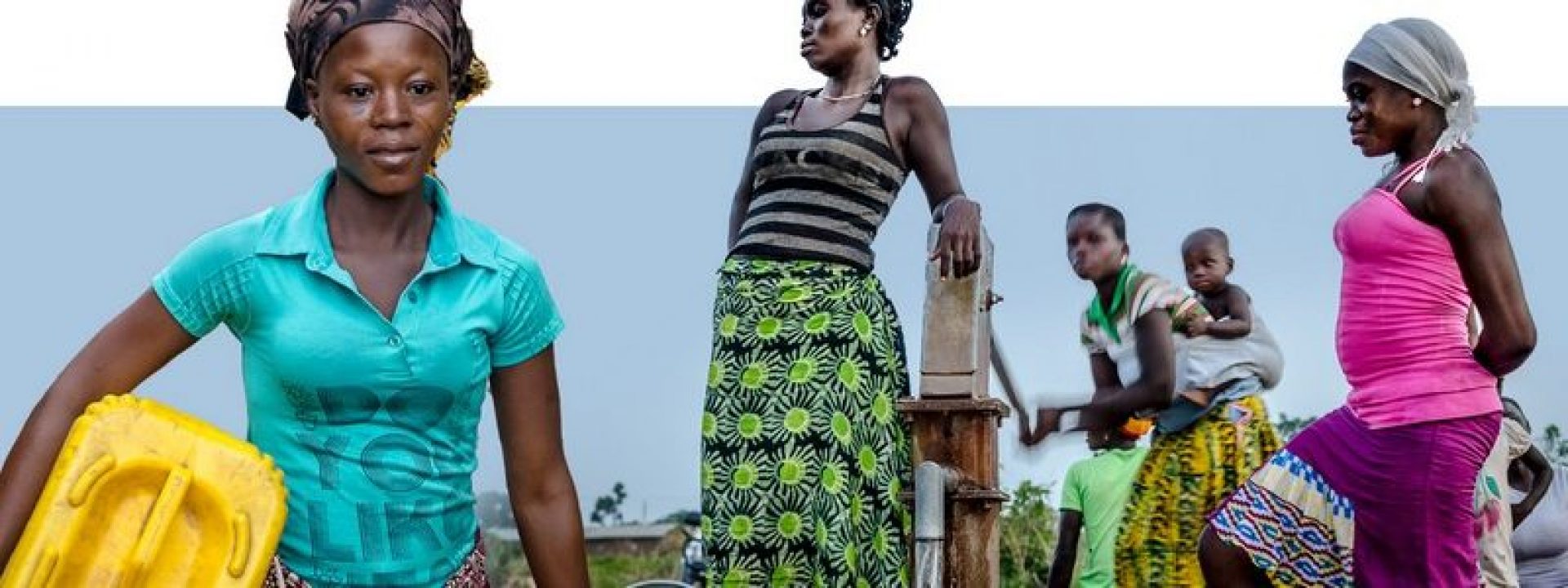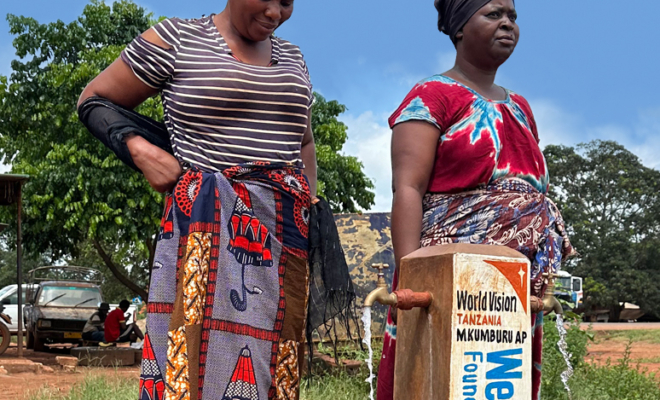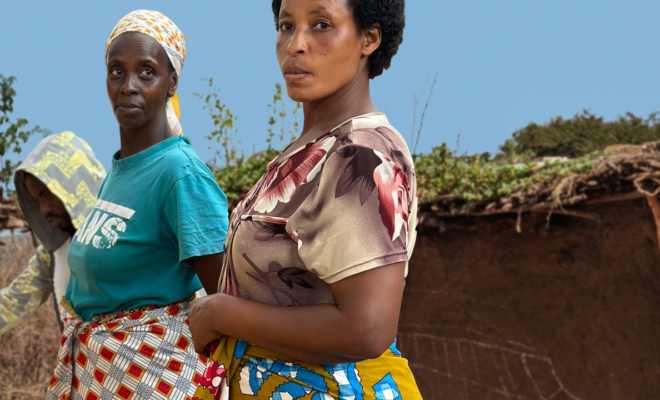
A quarter of the world’s population, some 2 billion people, now live in a water-stress situation. These are the new data reported by the World Resources Institute’s (WRI) Water Risk Atlas. Water stress occurs when water demand exceeds supply. According to UN Water, when an area faces “extreme water stress,” it uses at least 80% of its available water; “high water stress” means it withdraws 40%.
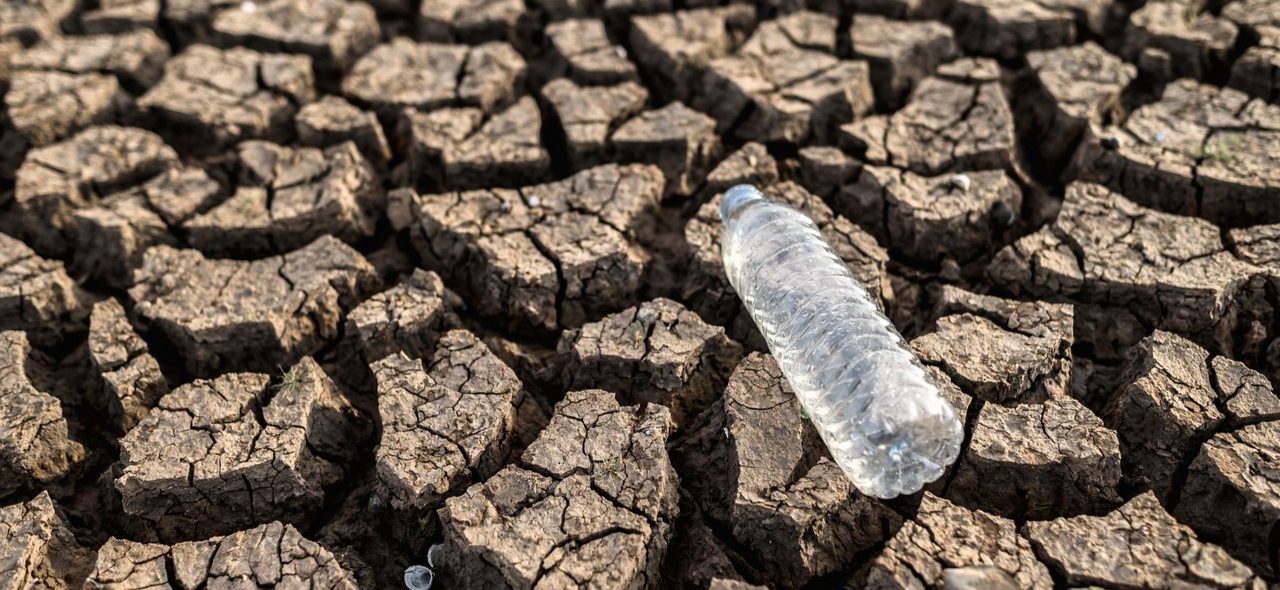
Water stress is increasingly present all across the world. If we do not take measures in the short term, the situation will be critical by the middle of this century and will seriously threaten the world’s geopolitical balance. © Freepik
According to the report, the regions with the highest water stress are the Middle East and North Africa, with 83% of the population exposed to extremely high stress, and South Asia, where almost 74% is exposed. This population is spread over some 25 countries, preferably located in the most arid areas of the world; the five most stressed are Bahrain, Cyprus, Kuwait, Lebanon, Oman, and Qatar; they are followed by the United Arab Emirates, Saudi Arabia, Israel, Egypt, and Libya.
A growing problem
In addition to these areas where water stress is endemic, the report notes that nearly half of the world’s population (about 4 billion people) lives in unbalanced conditions for at least one month a year.
The most worrying fact is that this problem is steadily increasing. By 2050, an additional 1 billion people will live with extremely high water stress. This means that some 7 billion will be forced, at some point each year, to manage their water supply to ensure that water is not lacking for growing crops, raising livestock, producing electricity, and maintaining their health. If UN population growth forecasts are met, the world’s population will be 9.7 billion by 2050; only about 2.7 billion will be free of water stress.
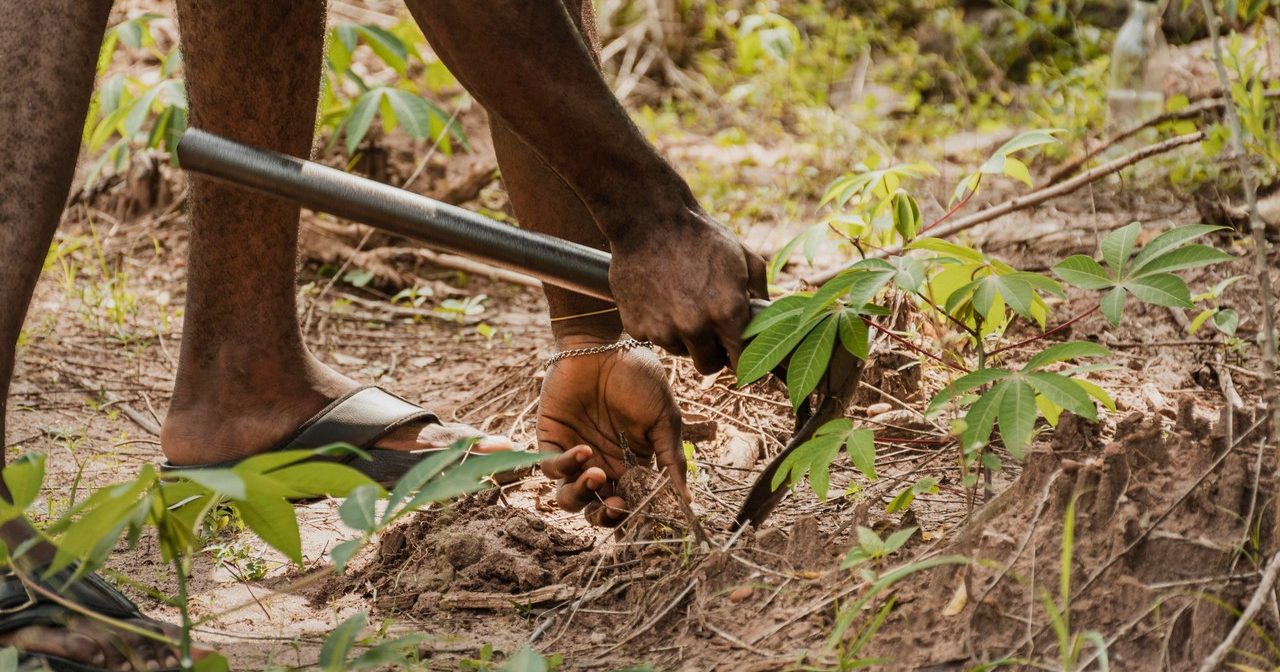
By 2050, some 7 billion people will be forced, at some point each year, to manage their water supply to ensure that water is not lacking for growing crops. © Freepik
The water demand is increasing and has not stopped growing; it has doubled since 1960. That year, the world’s population was about 3 billion, and now we have reached 8 billion. The number of people and industrial activities has increased: agriculture, livestock, energy, and manufacturing. In macroeconomic terms, it is estimated that, by 2050, global GDP will be USD 225 trillion, and if water consumption forecasts are met, USD 70 trillion (31%) will be exposed to water stress. This is a staggering sum, especially considering that in 2010, the GDP exposed reached USD 15 trillion (24%).
The arithmetic of the water footprint
The situation is alarming. The greater the water stress, the greater the vulnerability to water shortages. For example, a water-stressed country that experiences a period of abnormal drought is doomed to the collapse of its agriculture and livestock —the most common in poor regions— or the cut-off of its urban supply, or the blockage of its energy production, or all three at the same time. A dramatic example is the famines that break out in the Sahel and the Horn of Africa every time a drought hits these regions.
In addition to climate and economic growth, other factors influence water stress. International trade is one of them. A study published last January in the journal Science Direct shows that the results of trade activity between countries are very disparate: this activity relieves stress for 2.2 billion people in high- and upper-middle-income countries but aggravates it for 2.1 billion in low- and lower-middle-income countries, which are generally those with the most significant water scarcity problems. The former “import” water in the form of the water footprint of products (mainly agricultural and textile fibers), and the others “export” it.
Food security in jeopardy
The planet’s water security and, consequently, food security are at risk. According to the FAO, to feed the 9.7 billion people in 2050, the world will need to produce 56% more calories than in 2010. Already, 60% of the world’s agriculture faces extremely high water stress, mainly sugarcane, wheat, rice, and maize, key crops in many developing countries.
On the other hand, speaking in terms of calories is misleading, as proper human nutrition requires protein, vitamin, and mineral intake that cereals do not fully provide. In 2017, the FAO estimated that about 795 million people were hungry, and more than 2 billion lacked essential micronutrients.
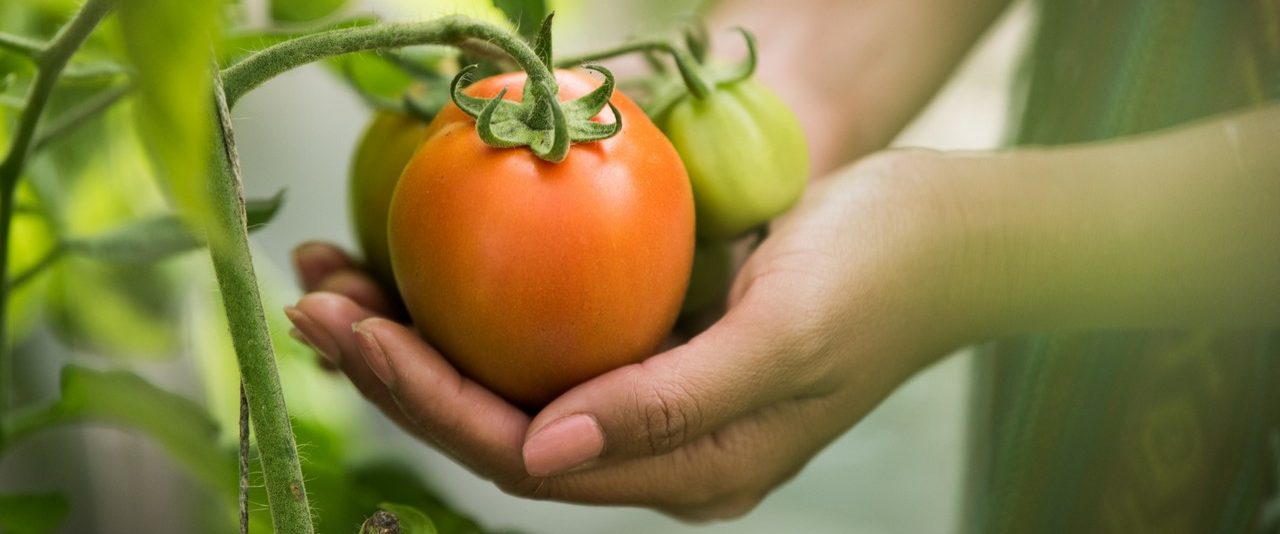
The planet’s water security and, consequently, food security are at risk. © Freepik
In its Special Report on Climate Change and Land, the IPCC advocates a globally “balanced diet” to mitigate the carbon footprint. The proposed dietary changes are based on promoting plant-based products and reducing animal-based products, which must also be produced using low-emission methods. However, not all the inhabitants of developing countries have access to a balanced diet and continue to base their subsistence on cereals. In South Asia, rice requires flood irrigation; in the Sahel, it is millet and sorghum, which are rainfed and have a much smaller water footprint.
A food security approach requires calculating the relationship of water stress to food production as accurately as possible and doing so based on a universal balanced diet. This is no easy task, as some crops that balance nutrition, such as vegetables and legumes, and some animal products, such as eggs and dairy products, have a highly variable and, in some cases, high water footprint.
A key geopolitical factor
Energy production must be added to these concerns. Lack of water can lead to power outages with subsequent industrial and agricultural losses. There has already been a notorious case: in India, the lack of water to cool thermal power plants between 2017 and 2021 led to a power loss of 8.2 terawatt-hours, the amount of electricity required to supply 1.5 million households for five years.
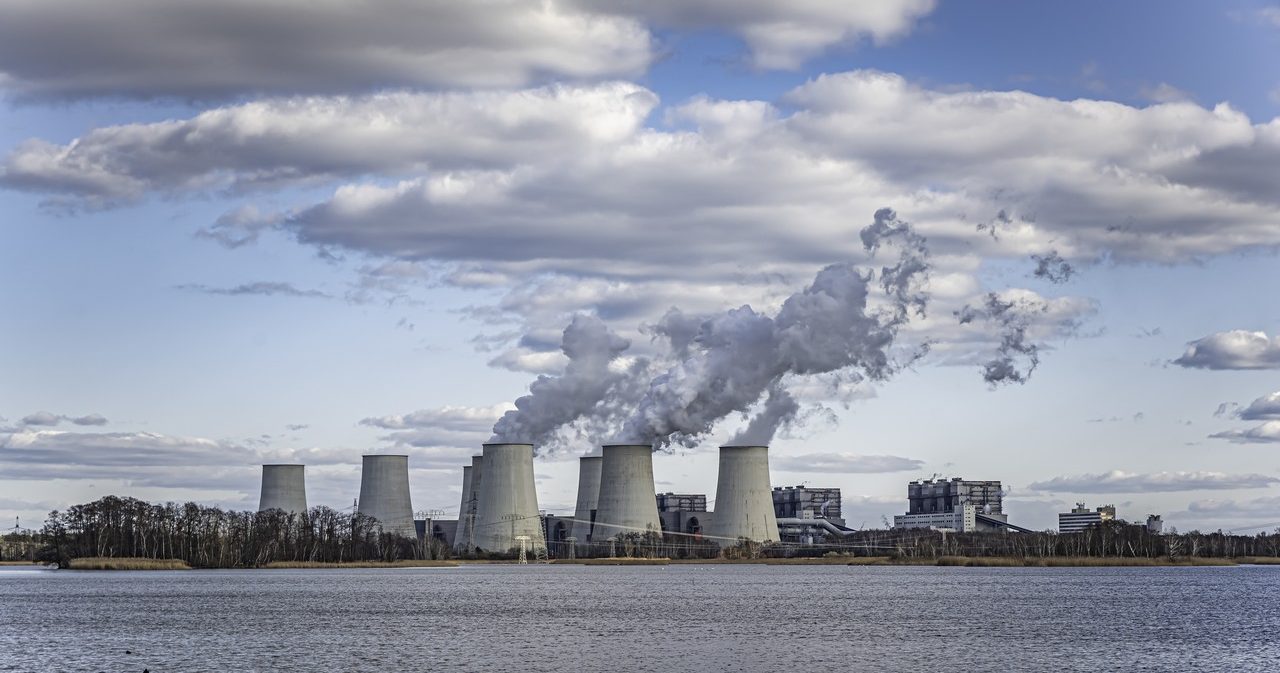
Water stress will increase with global warming and population and industrial growth. © Freepik
Water stress will increase with global warming and population and industrial growth. It is a significant factor in geopolitical strategy. Since warnings about climate change began 50 years ago, economists and politicians have been considering its consequences on the global balance. As the effects of water insecurity have led to famine, migration, and international tensions, there has been a growing awareness that a balanced and fair world needs to mitigate and manage water stress. Virtually all SDGs depend on ensuring no lack of water and no global agricultural failure.
Más acción y mayor conocimiento
Water security goes beyond simple access to water and involves constant work. Countries must improve their water governance, encourage water efficiency in agriculture, and implement integrated water resources management through nature-based solutions. Financial institutions must outline strategic debt relief programs, similar to the World Bank’s decision to temporarily suspend debt repayment to countries affected by natural disasters, and companies should set science-based water targets.
For all this to be feasible, finding the right content and communication channels to convey knowledge about the water cycle and raise public awareness is essential. Informed citizens will put more pressure on governments. Shared knowledge will facilitate the implementation of effective management models because they will be the intellectual property of all.


